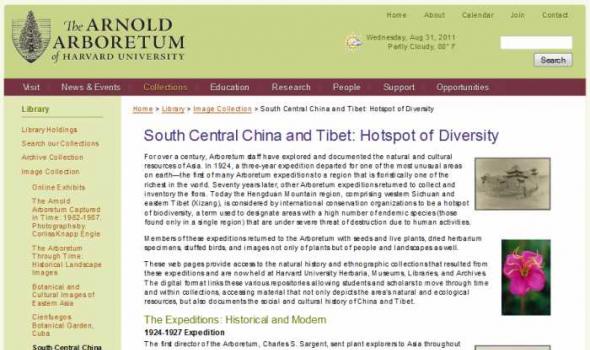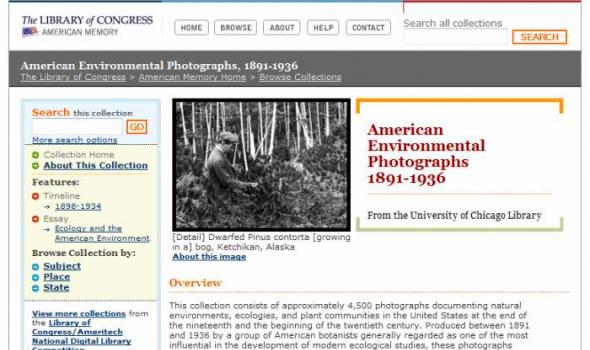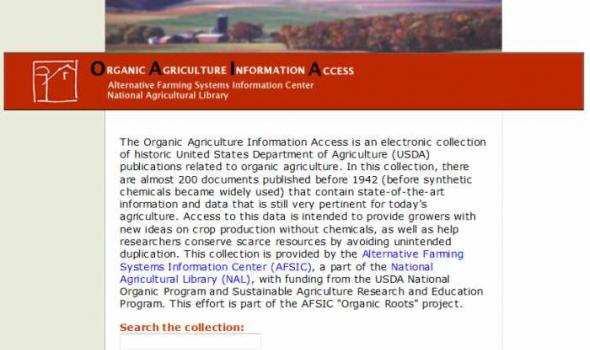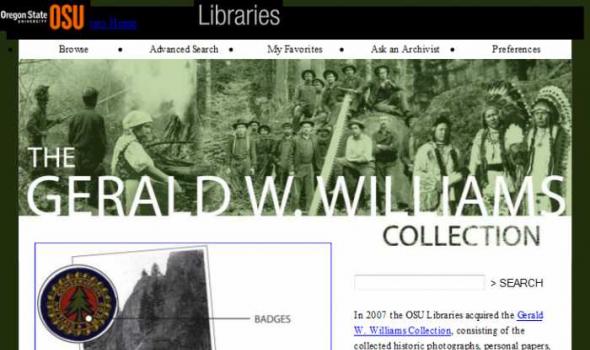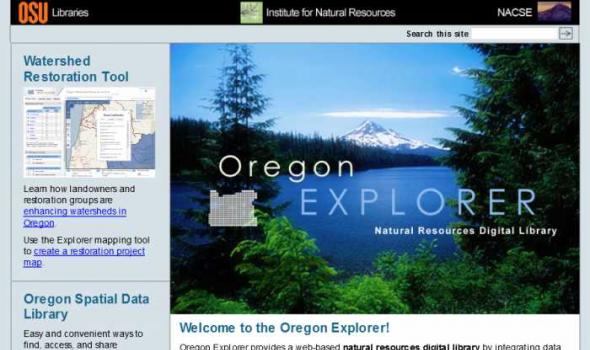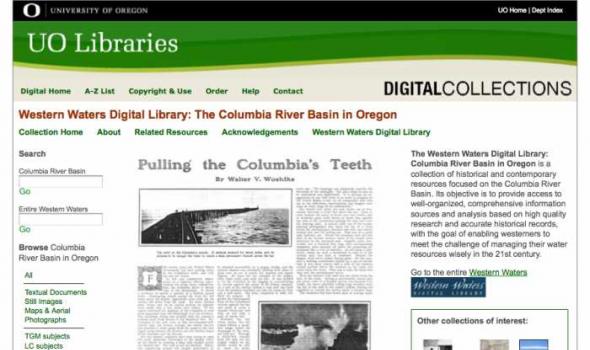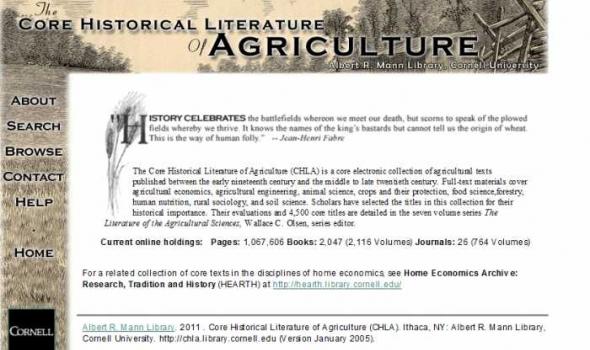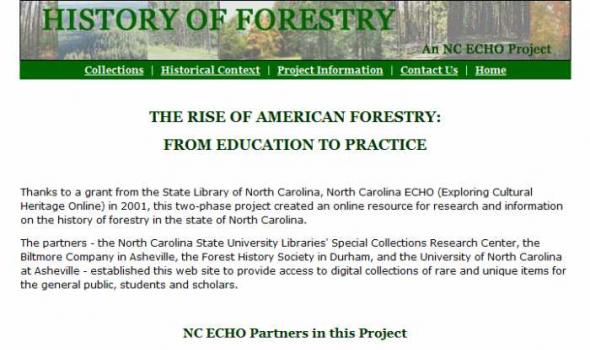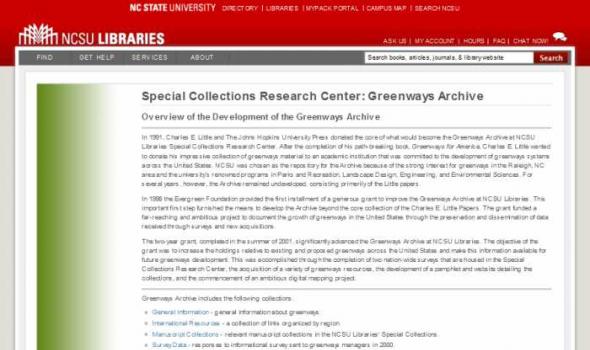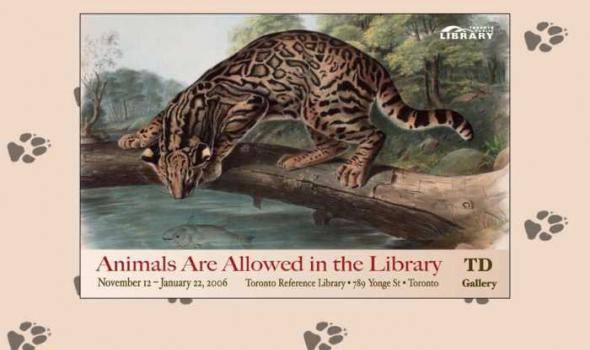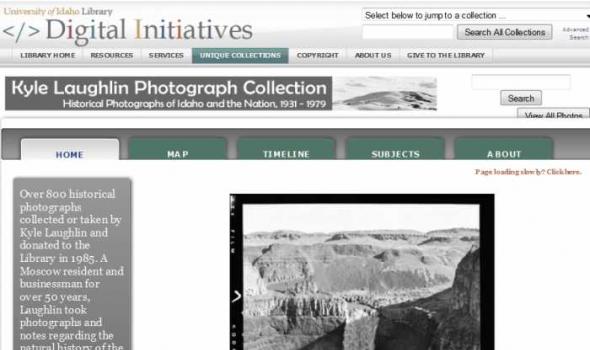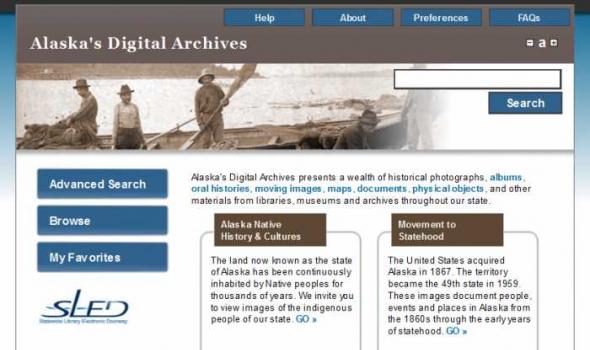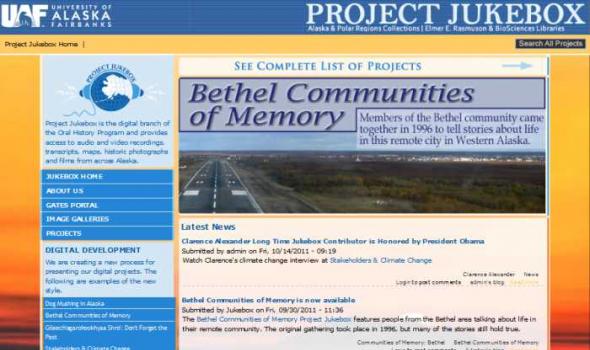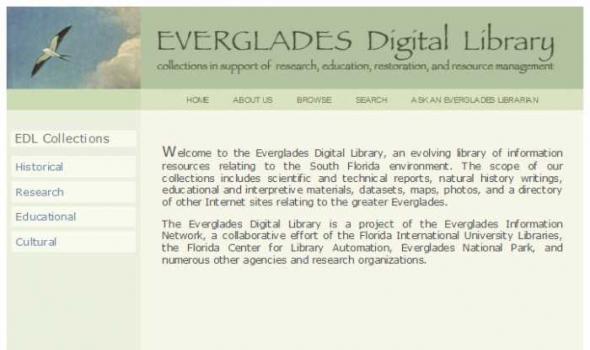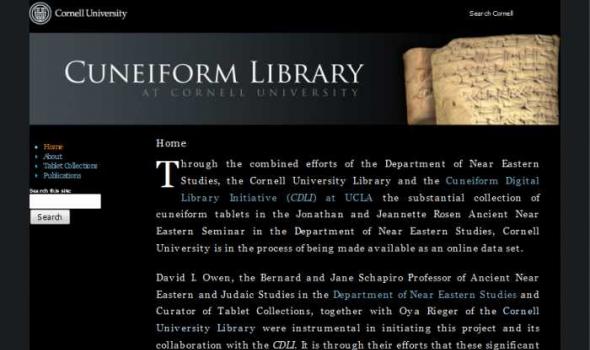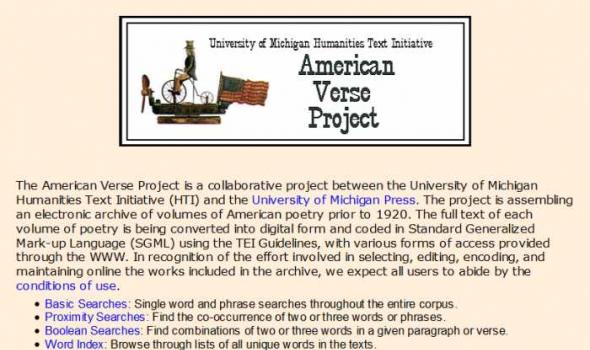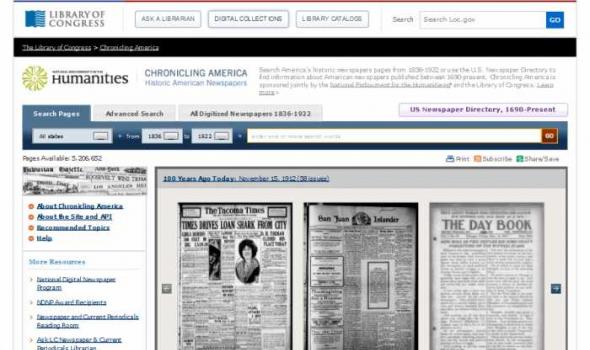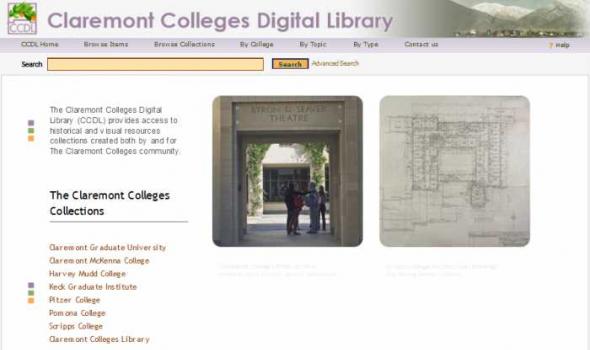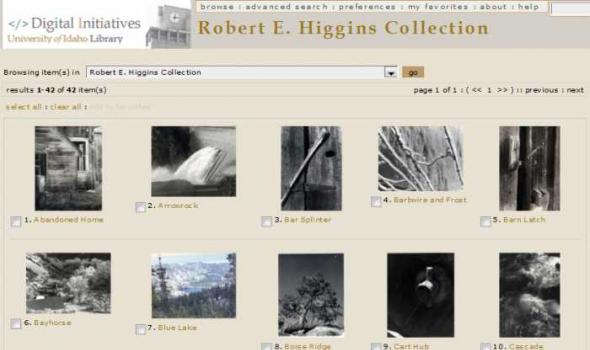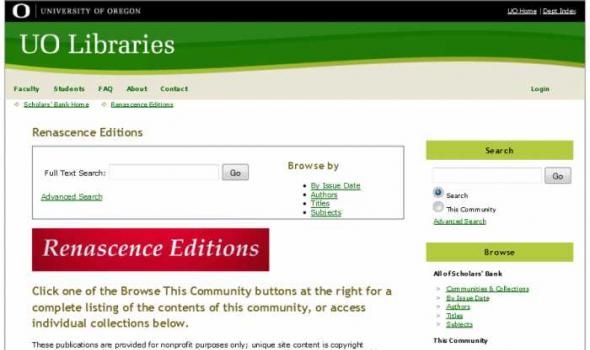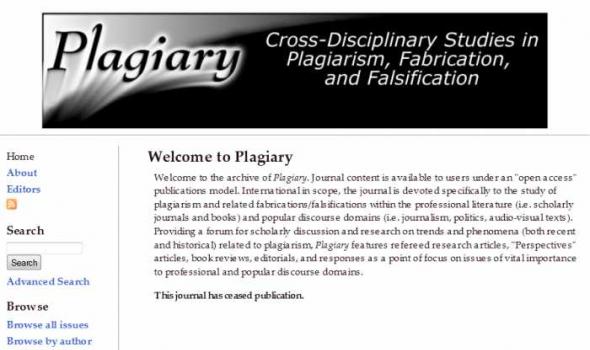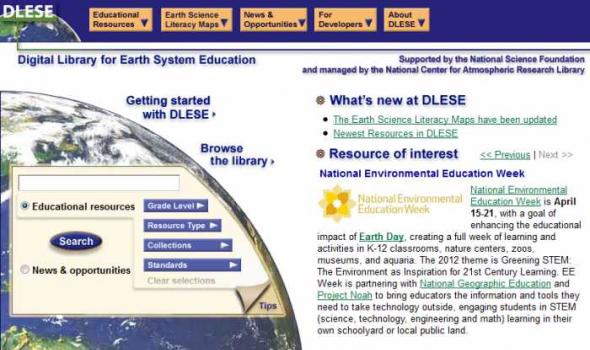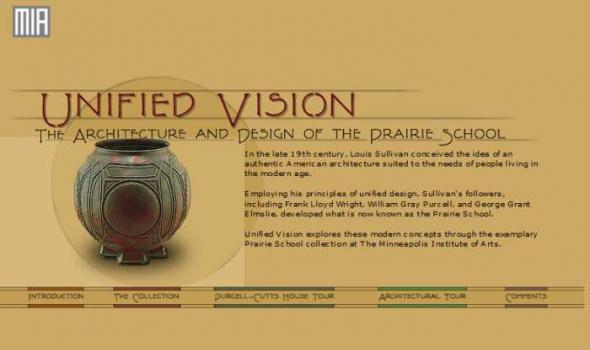Environment
Wednesday, Aug 31, 2011 South Central China and Tibet: Hotspot of Diversity For over a century, Arboretum staff have explored and documented the natural and cultural resources of Asia. In 1924, a three-year expedition departed for one of the most unusual areas on earth—the first of many Arboretum expeditions to a region that is floristically one of the richest in the world. Seventy years later, other Arboretum expeditions returned to collect and inventory the flora.
American Environmental Photographs, 1891-1936 Browse Collection by: Collection Connection Classroom resources for teachers About This Collection The images in the American Environmental Photographs Collection were created by faculty, staff, and students in the Department of Botany at the University of Chicago from the 1890s to the 1930s. Among the most active photographers contributing to the collection were Henry C. Cowles, George D. Fuller, George E. Nichols, Charles J. Chamberlain, Ira B. Meyer, Paul J. Sedgwick, William J. Cribbs, and Ezra J. Kraus. The earliest photographs in the collection were taken in 1891 in the arid desert landscapes of California, Arizona, Utah, and Nevada.
Contemporary Aesthetics (CA) is an international, interdisciplinary, peer- and blind-reviewed online journal of contemporary theory, research, and application in aesthetics. This open-access journal is published on a rolling basis, and new content is freely available on the web at http://www.contempaesthetics.org . The publication is annually archived by the University of Michigan Library at this site. This archive consists of the whole CA backfile--from the first to the most recently completed volume --and is fully searchable and can be browsed by title, author, and volume. According to the editors of CA , in recent years aesthetics has grown into a rich and varied discipline.
Garden and Forest is the first project of the Preservation Digital Reformatting Program in the Library of Congress's Preservation Reformatting Division. It is the first Library of Congress digitizing project to employ Making of America models. Making of America Making of America (MOA) is a digital library comprising reproductions of primary source materials in American social history published in the late-nineteenth century. The original collaborative effort between the University of Michigan and Cornell University to create MOA was funded by the Andrew W. Mellon Foundation.
Volume 49, Issue 3 The Michigan Botanist is the peer-reviewed, quarterly journal of The Michigan Botanical Club established in 1962. The publication is hosted online through the University of Michigan MPublishing services at this site. Membership in the Michigan Botanical Club is open to anyone interested in its aims: Authors receive a page-charge discount for submission of final copy on disk, and members receive an allotment of free pages each year. Individuals wishing to subscribe to the print edition should go to the Membership Page . Institutions should go to the Subscription Page .
The Organic Agriculture Information Access is an electronic collection of historic United States Department of Agriculture (USDA) publications related to organic agriculture. In this collection, there are almost 200 documents published before 1942 (before synthetic chemicals became widely used) that contain state-of-the-art information and data that is still very pertinent for today's agriculture. Access to this data is intended to provide growers with new ideas on crop production without chemicals, as well as help researchers conserve scarce resources by avoiding unintended duplication.
The Gerald W. Williams Collection In 2007 the OSU Libraries acquired the Gerald W. Williams Collection , consisting of the collected historic photographs, personal papers, and research library of Gerald "Jerry" Williams, former national historian for the U.S. Forest Service. Williams, a native Oregonian, spent much of his Forest Service career in the Pacific Northwest, prior to being appointed national historian in 1998. This digital collection includes some of the best imagery from the Williams Collection, including photos of the WWI era Spruce Production Division , logging photos of northwest Oregon taken by John Fletcher Ford , photos of Celilo Falls taken in 1956 by Jack Williams, and photos of depression era Civilian Conservation Corps camps and activities.
About Oregon Maps The University of Oregon Libraries and the Oregon State University Libraries present the Oregon Maps online collection in celebration of Oregon's sesquecentennial. Whether traveling city streets and country roads, or observing forests and farms from an airplane window, the patterns of the landscape have come to resemble the maps we draw. As European settlers populated Oregon, Western traditions of cartography came as well. One hundred and fifty years later, the Jeffersonian survey grid is imprinted in everyone's mind as most of Oregon's roads and property boundaries have been drawn on top of our Public Land Survey System. Maps are not simple representations of the world.
Oregon Explorer is a comprehensive digital library of Oregon's natural resources. This state-of-the-art, Web-based resource uses advanced information technology to access and integrate data from state and federal agencies, local governments, university scientists, citizens, and K-12 educators and students. It supports informed decisions and actions by people concerned with Oregon's natural resources and environment.
Through a series of geographic, data and topic-based Web portals, Oregon Explorer helps users:
FAQ Local and Regional Documents Archive About This Project The Local and Regional Documents Archive is a service of the University of Oregon Libraries. The project seeks to serve the citizens of Oregon and researchers around the world by providing a central repository and archive of significant documents produced by local governments and regional offices of United States federal government agencies within the state. Governments and agencies represented in the database include: Among the types of documents included in the archives are local planning documents, city development codes, sub-area plans, documents required by the National Environmental Policy Act (NEPA), land management planning documents, resource management plans, and environmental opinions.
About - Columbia River Basin Project Background The University of Oregon Libraries are participating in a collaborative project to develop a digital collection of print, image, cartographic, and other format materials relating to the waters of the Western United States. The project is partially funded by a grant from the Institute of Museum and Library Services (IMLS) and is administered centrally by the Greater Western Library Alliance (GWLA) of which the UO Libraries are a member. The Western Waters Digital Library (WWDL) is a distributed collection of materials from research institutions in the Western United States of America.
browse through the collection without a specific search search multiple fields at one time and limit search results view collection items you have saved to your own favorites page ask an archivist about this site or any aspect of OSU archives Click on the highlighted areas.
The story of American agriculture is captured in a broad band of documentary resources ranging from the memoirs and transactions of early agriculture societies to newspapers and almanacs; family, community, and corporate archives; and state and county extension service publications. The evolution of farm and rural life and agricultural economy is chronicled in the agriculture periodical press and the numerous local, regional, and national farm journals that exhorted, informed, and shaped the opinions, values, and concerns of early farm families. Journals such as Country Life in America , Cappers' Farmer , and Farm and Family have much to tell historians about the daily activities, issues, and practices of the time.
Project Information Phase I Thanks to a grant from the State Library of North Carolina, North Carolina ECHO (Exploring Cultural Heritage Online) in 2001, The North Carolina State University Libraries' Special Collections Research Center, in collaboration with the Biltmore Company in Asheville and the Forest History Society in Durham, created an online resource for research and information on forestry history in the state of North Carolina. The partners established this web site to provide access to collections of rare and unique items for the general public, students and scholars. During the first phase of the project, the partner institutions digitized primary research materials, including photographs, diaries, correspondence, artifacts, and printed materials. The Carl A.
In 1991, Charles E. Little and The Johns Hopkins University Press donated the core of what would become the Greenways Archive at NCSU Libraries Special Collections Research Center. After the completion of his path-breaking book, Greenways for America, Charles E. Little wanted to donate his impressive collection of greenways material to an academic institution that was committed to the development of greenways systems across the United States. NCSU was chosen as the repository for the Archive because of the strong interest for greenways in the Raleigh, NC area and the university's renowned programs in Parks and Recreation, Landscape Design, Engineering, and Environmental Sciences. For several years, however, the Archive remained undeveloped, consisting primarily of the Little papers.
Walter Tennyson Swingle Walter Tennyson Swingle (1871 - 1952) was a renowned botantist and one of the twentieth century's foremost authorities on citrus plants. In 1943, after 50 years of service to the United States Department of Agriculture, he was given a position on the faculty of the University of Miami by President Bowman F. Ashe who was impressed with Swingle?s vision of tropical botany. Swingle was given the title Consultant of Tropical Botany and set up the Plant Research Laboratory in the old Botany building in Coral Gables. At UM, Swingle completed his monograph "The Botany of Citrus and its Relatives of the Orange Subfamily" which remains the premier reference for the taxonomy, morphology, and anatomy of these plants.
Whether they are in the circus or the zoo, in the field, the stream or the air, on a dinner plate or an altar, animals have fascinated humanity from its earliest origins. Selected from Toronto Public Library’s rare books, original art and postcard collections, this survey features prints from Audubon’s Quadrupeds , images of wild and domestic animals as well as animals at play. Yes, animals are allowed in the library-roaming through thousands of pages, over hundreds of years.
Questions? questions? Contact Devin: dbecker@uidaho.edu (208) 885-7040 The Kyle Laughlin photographs were donated to University of Idaho Library Special Collections in February of 1985 by Marguerite Laughlin. It was processed and described in 1998 and 1999 by Karen Hertel. Kyle Laughlin (1905-1984) was a Moscow, Idaho resident and businessman for 56 years. He was born May 24, 1905 to Edward and Eva Laughlin in Ozark, Missouri. When Laughlin was about seven, the family moved to southeast Idaho where Kyle graduated from Ashton High School. He attended the University of Idaho and graduated in 1931 with a degree in teaching. In 1933, Kyle Laughlin married Marguerite Ward in Moscow. Marguerite was also a UI graduate and teacher.
Have questions? Project Title: Idaho Waters Digital Library About the Project: The Idaho Waters Digital Library provides access to information resources relating to water issues in key Idaho river basins. The collection presently includes scientific and technical reports, with an emphasis on Idaho Water Resources Research Institute reports and publications. This centralized digital repository provides a searchable interface for discovery and utilization of water resources documents. As funding sources are identified, this collection will continue to grow in size and scope. Digitized materials from this collection are also available through the Western Waters Digital Library .
About Alaska's Digital Archives The Alaska Virtual Library and Digital Archives project is a collaborative effort initiated by the Rasmuson Library at the University of Alaska Fairbanks, the Consortium Library at the University of Alaska Anchorage, and the Alaska State Library in Juneau. Learn more about our partners . Now in its third phase, the initiative is funded by a congressional award and contributions from these institutions with additional support of the Rasmuson Foundation. The goal of the project is to support the instructional and research needs of Alaskans and others interested in Alaska history and culture. Initial activities focused on scanning, indexing, and placing 5,000 historical images into an online, searchable database.
Latest News Clarence Alexander Long Time Jukebox Contributor is Honored by President Obama Submitted by admin on Fri, 10/14/2011 - 09:19 Watch Clarence's climate change interview at Stakeholders & Climate Change Bethel Communities of Memory is now available The Bethel Communities of Memory Project Jukebox features people from the Bethel area talking about life in their remote community. The original gathering took place in 1996, but many of the stories still hold true. Dog Mushing in Alaska Project Jukebox is live! The Dog Mushing in Alaska Project Jukebox website features oral histories, historic film clips, and still photographs to highlight various aspects of dog mushing in Alaska.
About the Everglades Digital Library The Everglades Digital Library (EDL) is a service of the Digital Collections Center at Florida International University Libraries in Miami, Florida. The EDL was established in 1996 to support research, education, decision making, and information resource management within the greater Everglades community. Since that time, the project has grown to serve patrons from around the world with Web-accessible digital collections, the online reference service 'Ask An Everglades Librarian', and other online information services.
The primary mission of Catena, the Digital Archive of Historic Gardens and Landscapes, is to fill a void in American higher education by assembling a searchable collection of historic and contemporary images that include plans, engravings, paintings, and photographs to make the following possible: Provide Images for Teaching Landscape Studies Catena offers a readily available set of images to illustrate classroom lectures.
About Us Read more Founded in 1915, the Cornell Lab is a nonprofit organization supported by 45,000 friends and members . Our vibrant community includes 200,000 citizen-science participants from all walks of life and 5 million bird enthusiasts of all ages who connect with us online at All About Birds. As a proud unit of Cornell University we have ten faculty on staff and access to world-class resources. As a nonprofit environmental organization, however, we depend on members, donors, research, and our other programs for 99 percent of our operating budget. Your support will result in direct impacts and improvements for conservation science. We invite you to join us as a member of the Lab .
